President’s Climate Action Plan
The President’s Climate Action Plan was released by the United States Executive Office of the President in June 2013. The plan is divided into three sections, which are cutting carbon pollution in America, preparing the U.S. for the impacts of climate change, and leading international efforts to address global climate change.
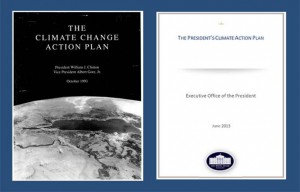
“We, the people, still believe that our obligations as Americans are not just to ourselves, but to all posterity. We will respond to the threat of climate change, knowing that the failure to do so would betray our children and future generations.” The book started with a quote from President Obama, which stated that all of us should take the responsibility for the climate change because we need to give our future generations a good environment to live.
In 2009, President Obama made a commitment to reduce U.S. greenhouse gas emissions in the range of 17 percent below 2005 levels by 2020. While Obama Administration has doubled generation of electricity from wind, solar, and geothermal, and by establishing historic new fuel economy standards. He also proposed additional steps to help America lower it’s carbon pollution. For examples, deploying clean energy, building a 21st-century transportation sector, cutting energy waste in homes, businesses, and factories, reducing other greenhouse gas emissions and leading at the federal level. In my blog, I will focus on deploying clean energy, cutting energy waste in homes, businesses, and factories and building a 21st-century transportation sector.
Deploying Clean Energy
The first thing this category talked about is cutting carbon emission from power plants, because they were accounted for about 1/3 of all domestic greenhouse emission, and there were no regulation for the power plants. So, President Obama issued a Presidential Memorandum directing the Environmental Protection Agency to set carbon pollution standards for both new and existing power plants. And he also encouraged power plants to use clean energy resources and better technologies and accelerated clean energy permitting for power plants. To continue America’s leadership in clean energy innovation, the government increased the funding for the agencies that did clean energy research, development, and deployment by 30 percent, which is approximately 7.9 billion dollars. And with 7.9 billion dollars, the agencies would now be able to do more research, and more experiment. And if they could get results from the funding, then the funding would be worth, because cutting carbon emission was very important for our environment and future generations.
cutting energy waste in homes, businesses, and factories
Energy efficiency is one of the clearest and most cost-effective opportunities to save families money, make our businesses more competitive, and reduce greenhouse gas emissions. So the Administration went ahead and established a New Goal for Energy Efficiency Standards. As we live in America, we use a lot of appliances in our house, such as refrigerators, dishwasher and etc. The new energy efficiency standards would decrease the standard energy efficiency for appliances, which would help cutting the energy consumptions by households. Also, it would reduce the greenhouse emission because we would not use as much energy as before. For the big buildings, which also used a lot of energy from day to day. The Better Buildings Challenge was designed for them, and the plan would help American commercial and industrial buildings to be at least 20% energy efficient by 2020. And the outcome of the plan was also significant, “it would save $58 billion in energy savings per year”. As a student at Suffolk, the new building Somerset was also a green building, which means it was energy efficient, and I am proud of that.
Building a 21st-Century Transportation Sector
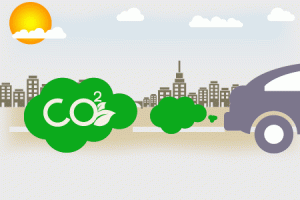
The meaning of building a new transportation sector was also significant, because transporting was one of the most important thing in our daily life. According to the plan, “Heavy-duty vehicles are currently the second largest source of greenhouse gas emissions within the transportation sector”, which meant reducing carbon emission from heavy-duty vehicles was also very necessary. Therefore, the Obama Administration finalized a fuel economy standards for Model Year 2014-2018 for heavy-duty trucks, buses, and vans. And after 2018, they would partner with industry leaders to further reduce the fuel consumptions for heavy-duty trucks through the application of advanced cost-effective technologies. Besides vehicles that move goods, the Administration has also established a fuel economy standards for passenger vehicles. And these standards required an average performance equivalent of 54.5 miles per gallon by 2025. And the Administration concluded that the new standard would save the average driver more than $8,000 in fuel costs over the lifetime of the vehicle and eliminated six billion metric tons of carbon pollution. Which were great for both drivers and our environment.
In conclusion, there are much more operation plans to the President’s Climate Action Plan, and all of them are great. Indeed, we need to cut energy consumptions, and establish a energy efficient society. The plan also talks about prepare the nation for the climate change because we should. Furthermore, the climate change is not the problem that one nation could bear, but a problem that all human should face. And by leading and motivating other countries, we would then share our knowledge and solve the problem together for a brighter future.

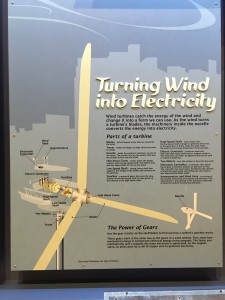
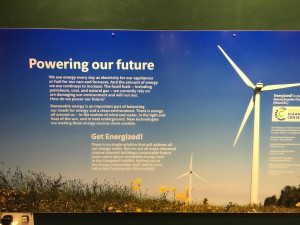
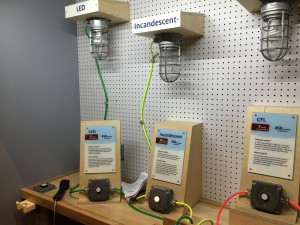

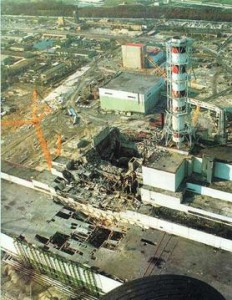

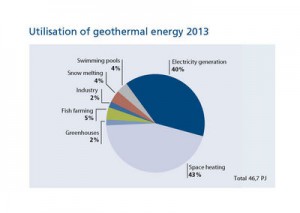
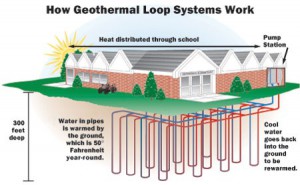
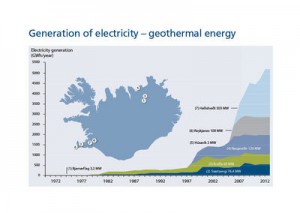


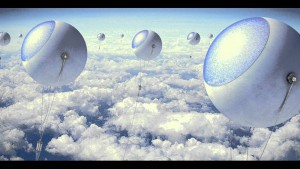
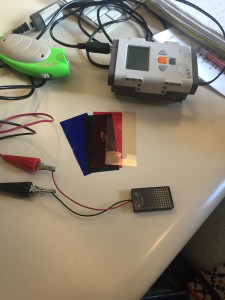
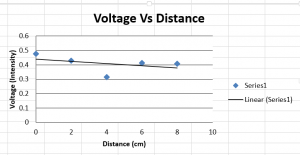
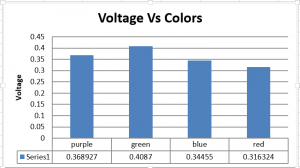
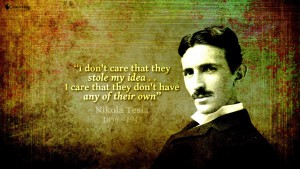
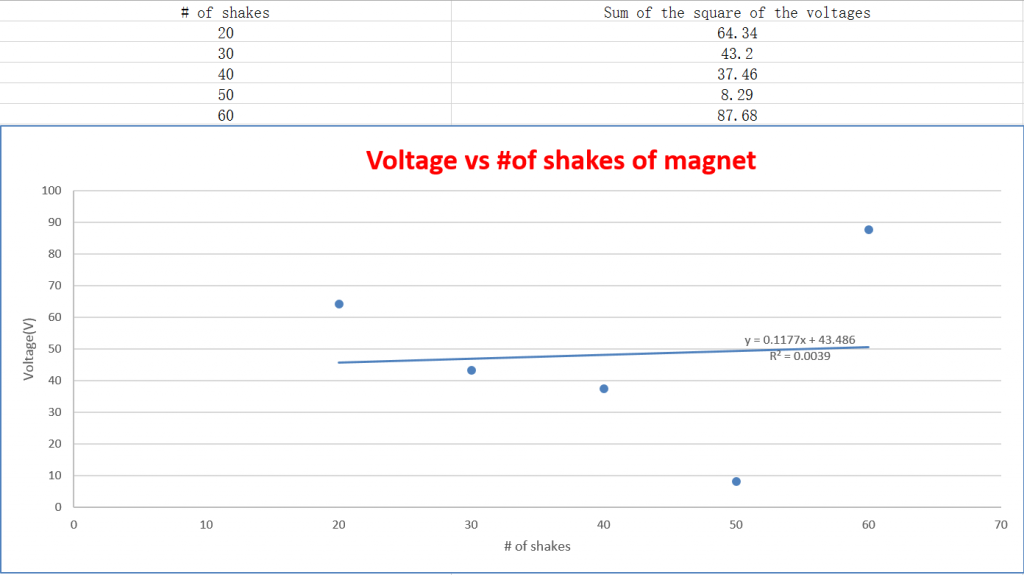
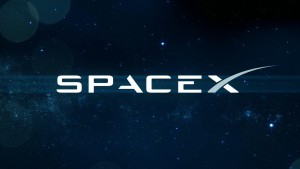
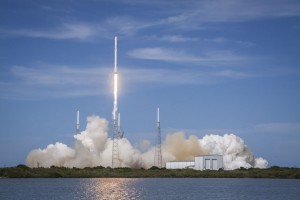

Recent Comments